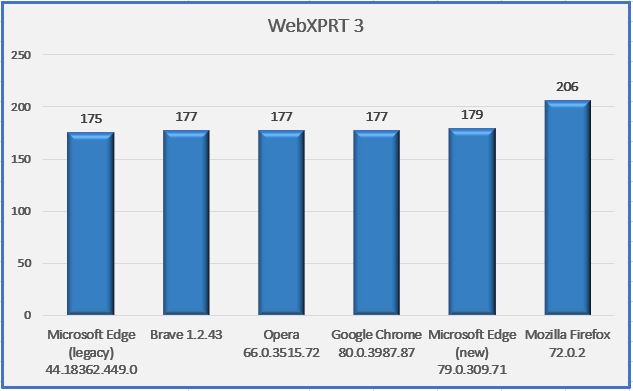Durham, NC, April 23, 2020 — Principled Technologies and the BenchmarkXPRT Development Community have released a video on the benefits of consulting the XPRTs before committing to new technology purchases.
AIXPRT, one of the battery of XPRT benchmark tools, runs image-classification and object-detection workloads to determine how well tech handles AI and machine learning.
CloudXPRT, another XPRT tool, accurately measures the end-to-end performance of modern, cloud-first applications deployed on infrastructure as a service (IaaS) platforms – allowing corporate decision-makers to select the best configuration for every objective.
All of the XPRTs give companies the real-world information necessary to determine which prospective future tech p – and which will disappoint
According to the video, “The XPRTs don’t just look at specs and features; they gauge a technology solution’s real-world performance and capabilities. So you know whether switching environments is worth the investment. How well solutions support machine learning and other AI capabilities. If next-gen releases beat their rivals or fall behind the curve.”
Watch the video at facts.pt/pyt88k5. To learn more about how AIXPRT, CloudXPRT, WebXPRT, MobileXPRT, TouchXPRT, CrXPRT, and HDXPRT can help IT decision-makers can make confident choices about future purchases, go to www.BenchmarkXPRT.com.
About Principled Technologies, Inc.
Principled Technologies, Inc. is the leading provider of technology marketing and learning & development services. It administers the BenchmarkXPRT Development Community.
Principled Technologies, Inc. is located in Durham, North Carolina, USA. For more information, please visit www.principledtechnologies.com.
Company Contact
Justin Greene
BenchmarkXPRT Development Community
Principled Technologies, Inc.
1007 Slater Road, Suite #300
Durham, NC 27703
BenchmarkXPRTsupport@PrincipledTechnologies.com













